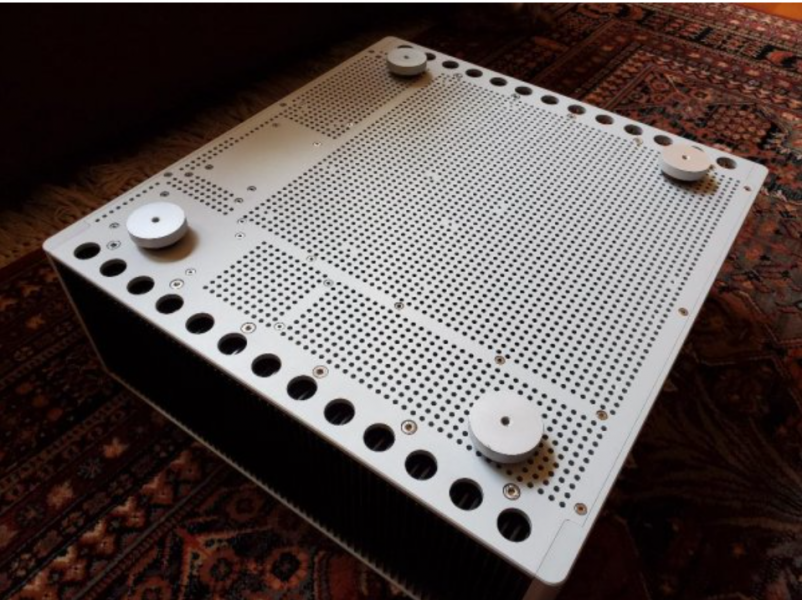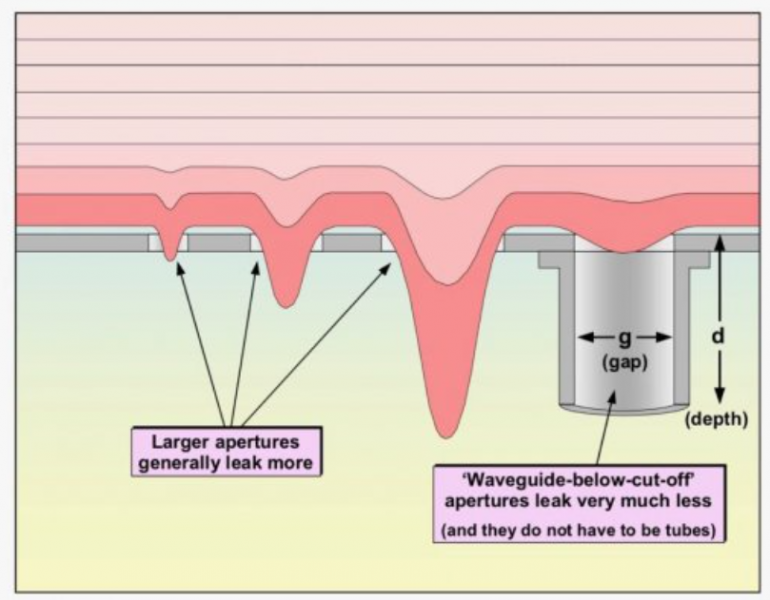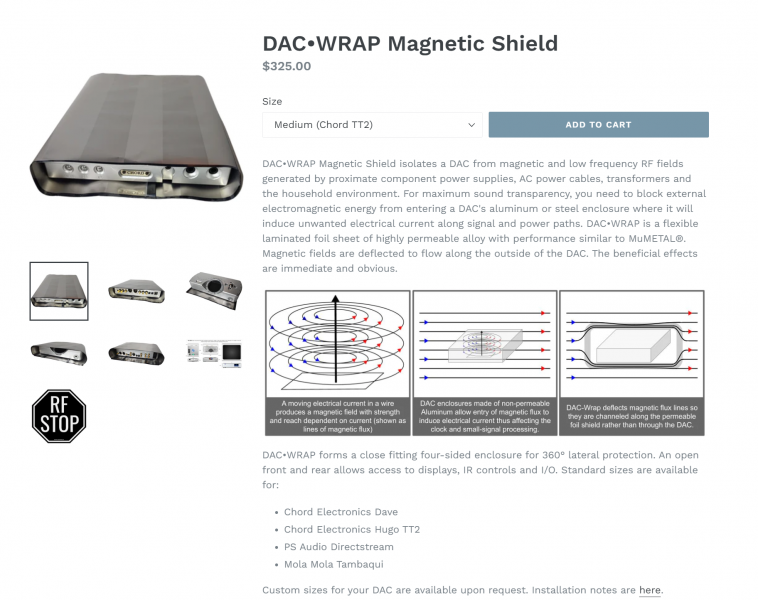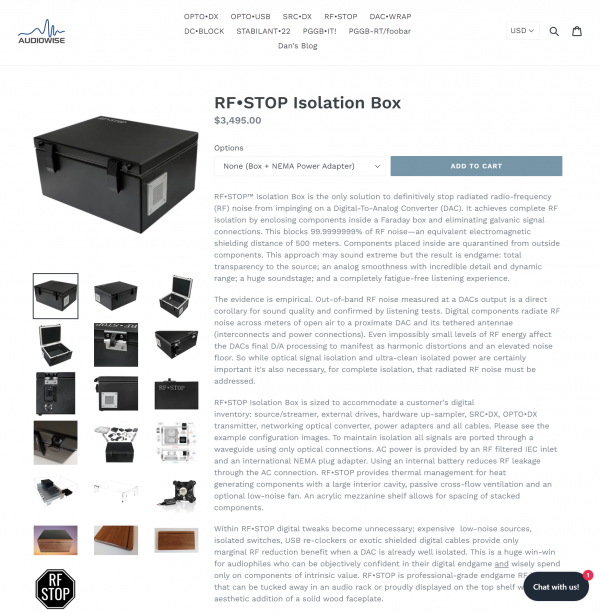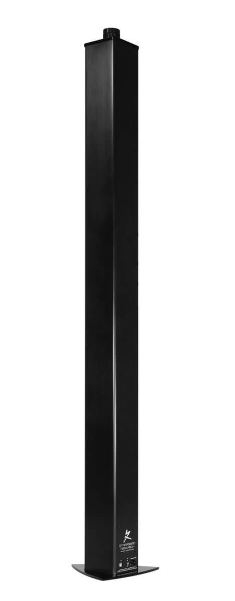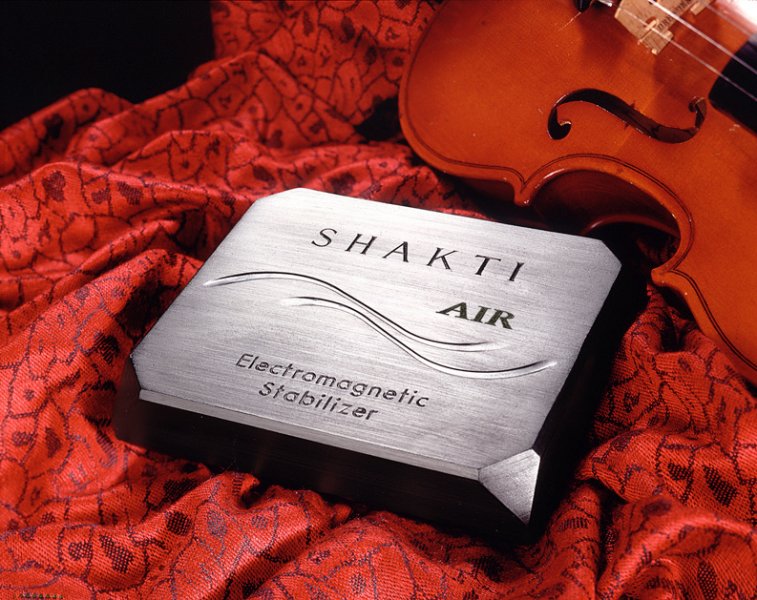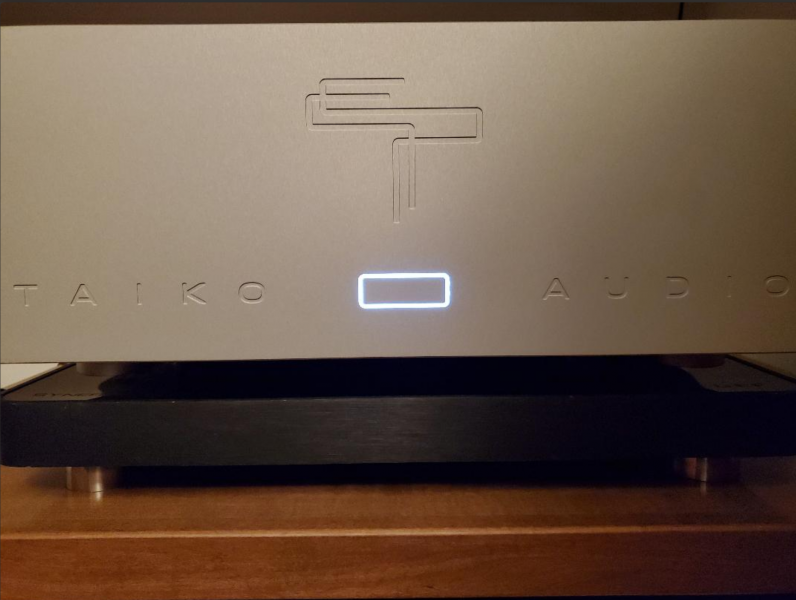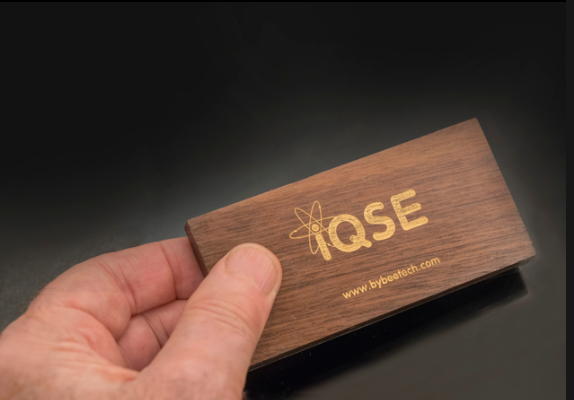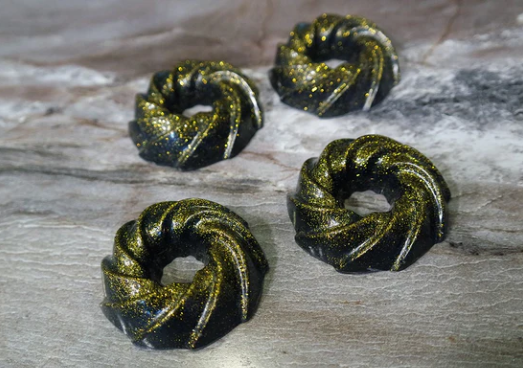Last night I connected my Eero WiFi Satellite, which was sharing an outlet with the Extreme, into a Shunyata Denali. I couldn’t believe the improvement! Keep in mind that the Extreme is still connected to the wall - only the Eero is connected to the Denali.Thank you for finding and sharing that!
When I did my previous upgrade of power supplies for my Router and Satellites - replacing stock wall-wart with IFi low-noise warts with ANC that did indeed provide a noticeable upgrade in SQ.
Since that upgrade I have made significant other changes, including adding the Extreme (which replaced my Nucleus) and various other improvements -> a very much lowered noise floor.
Replacing IFI with first Keeces P3 LPS and then with Ferrum Hypsos and also including the first link in my audio processing pipeline - the fibre converter provided by my service provider was much bigger upgrade than earlier upgrades. If the fibre converter adds noise - it will be present in all downstream components in the pipeline, even with excellent components (like Extreme) you cannot make that noise completely go away (filters are just filters).
Optimize the whole is the only principle that works.
The Denali must be preventing noise from the Eero from travelling back out to the line, and into the Extreme.
All the normal superlatives applied: more clarity, more 3-dimensionality, more ‘musicality‘ and slightly less background noise.
Conclusion: if you can’t keep the Extreme on a dedicated circuit, isolate it from other components with a power conditioner that has this function.











